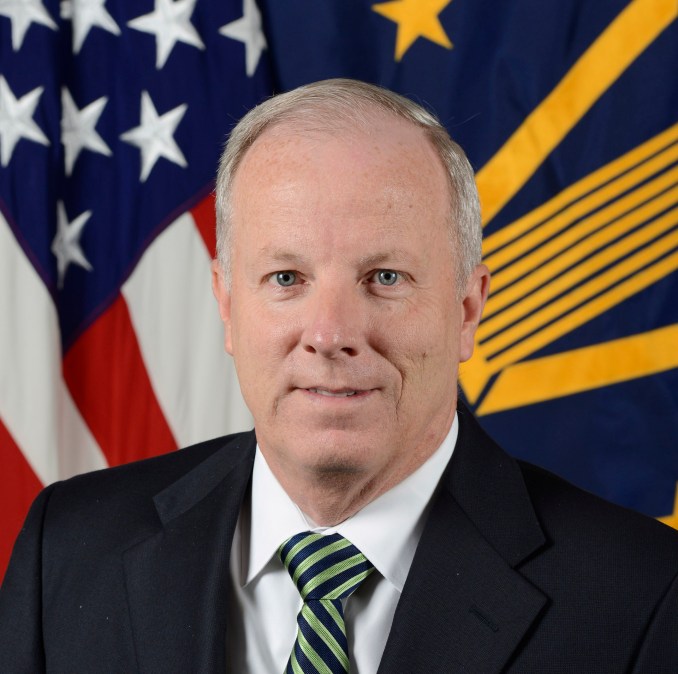Pentagon CIO taps Kevin Mulvihill to lead command, control and communications portfolio

Kevin Mulvihill has been appointed deputy chief information officer for command, control and communications in the office of the Department of Defense CIO — a key position where he’ll oversee the Pentagon’s network modernization efforts.
Mulvihill had been serving in the role in an acting capacity, filling in after his predecessor Frederick D. Moorefield Jr. — who was recently arrested and charged for alleged decades-long involvement in a dogfighting ring — went on terminal leave. Now, he’s taking on the job on a permanent basis, the office announced this week.
“With experience in C3 at the tactical, operational, and strategic level, both as a DoD Civilian and Service member, Mr. Mulvihill brings a broad understanding of the DoD CIO’s programs and priorities to the position. His expertise and leadership of key initiatives will ensure that DoD continues to modernize and improve support to the Warfighter — ranging from the Satellite Communications and PNT to the implementation of cutting edge 5G/Next G technologies in support of operations,” the organization said in a LinkedIn post.
Mulvihill is charged with providing strategic direction, policy guidance and oversight of network-related initiatives, and helping the Pentagon define, prioritize, acquire, govern, manage and implement capabilities departmentwide, according to his official DOD bio.
His purview includes spectrum, communications systems and networks, coalition information-sharing capabilities, position, navigation and timing (PNT), tactical network management, waveform management and enterprise mobility.
The deputy CIO’s teams are responsible for “the horizontal and vertical integration of operational level C2 and strategic command, control and communications, supporting joint and coalition concepts of operations,” according to the Pentagon.
Mulvihill has a long history with DOD networks. His previous jobs included spearheading modernization efforts for U.S. military satcom, data links and tactical communications; managing the “net-centric capability” portfolio for the Air Force; and staff and operational roles during his military career as an Air Force officer and member of the airborne early warning community.






